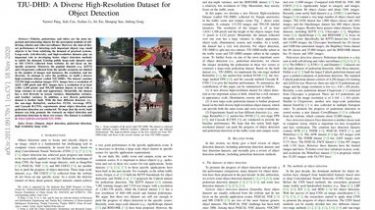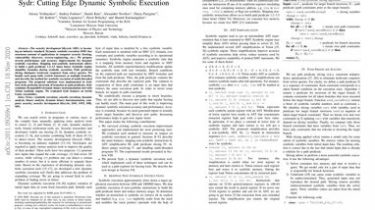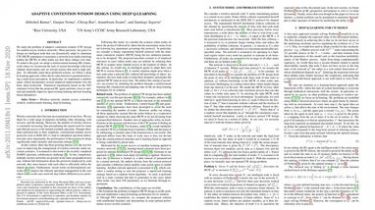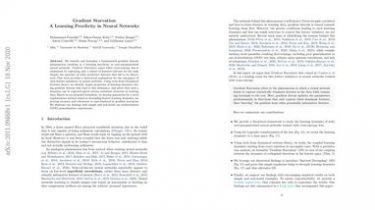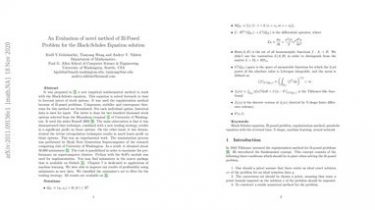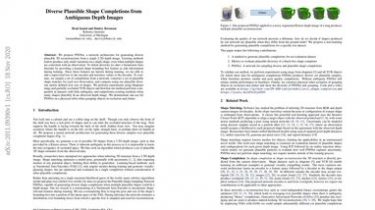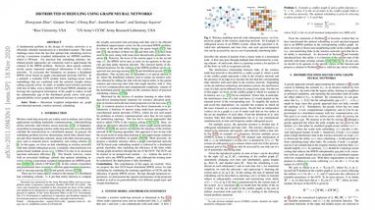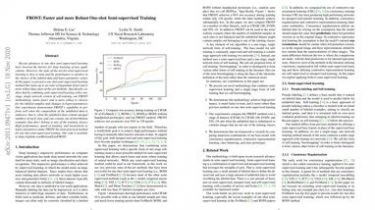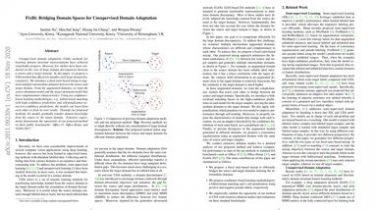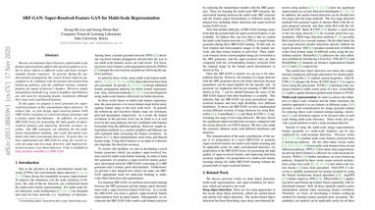TJU-DHD: A Diverse High-Resolution Dataset for Object Detection
Vehicles, pedestrians, and riders are the most important and interesting objects for the perception modules of self-driving vehicles and video surveillance. However, the state-of-the-art performance of detecting such important objects (esp… small objects) is far from satisfying the demand of practical systems. Large-scale, rich-diversity, and high-resolution datasets play an important role in developing better object detection methods to satisfy the demand. Existing public large-scale datasets such as MS COCO collected from websites do not focus on the specific scenarios. Moreover, […]
Read more